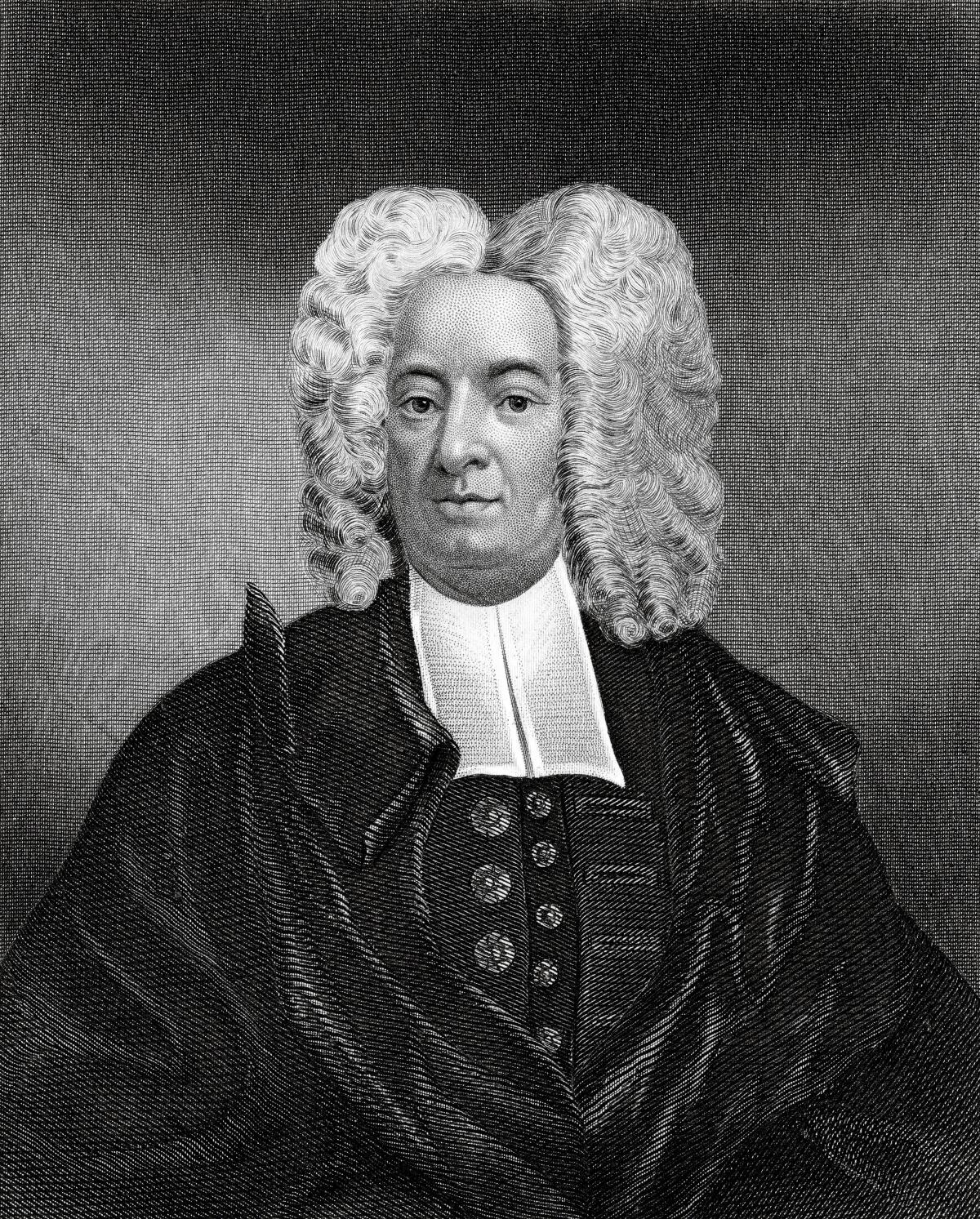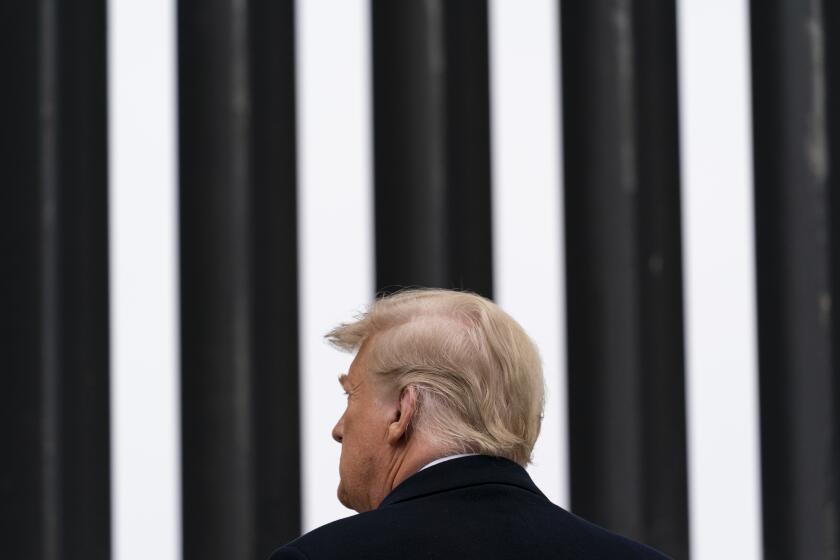How this enslaved man’s story could persuade more Black Americans to get vaccinated

- Share via
Less than 25% of Black Americans have been fully vaccinated, the lowest vaccination rate of any group the Centers for Disease Control and Prevention tracks. This unacceptably low rate is the result of many factors, including disproportional representation in essential worker settings, a lack of access to quality healthcare, and racism and associated chronic stress.
Looming large in vaccination hesitancy among Blacks is distrust in American healthcare rooted in medical racism and experimentation. The many strategies employed in an attempt to overcome this distrust have included ministers in the community spearheading vaccination campaigns and Black healthcare professionals answering questions during the pandemic about past medical malfeasance and current medical practice.
One untried strategy that could make a difference: An information campaign that would highlight how people of African descent have been crucial to the development of vaccines in the U.S. — going back more than 300 years. This strategy offers a source of pride instead of fear.
The historical record shows that the very notion of inoculation against a virus was first introduced in early America by an enslaved African man named Onesimus. In 1706, a Boston congregation gave him to their minister as a gift — that’s right, churchgoing Christians thought it was perfectly fine to present another human being to their spiritual leader as a gift. The recipient was Cotton Mather, the acclaimed Puritan minister and author.
Smallpox had been known and feared for some time when Onesimus told Mather around 1716 about an inoculation method to prevent smallpox that had been used on him as a child in Africa. Onesimus most likely came from Ghana, which had been ruled by several Islamic dynasties, and Arabic medical science had developed several methods aimed at preventing smallpox by the 17th century.
According to Mather, Onesimus explained that scraping the skin of an uninfected person with a thorn dipped in “juice” from a smallpox vesicle of someone already infected could protect that person from dying. Mather struggled to accept a slave’s wisdom. He verified this recounting by speaking with other Africans, and with other ministers who had heard similar reports from enslaved people they owned or interviewed. Mather also learned the inoculation method Onesimus had described was common throughout the Middle East, the Far East and Africa.
In a letter to what was then called the Royal Society, he called Onesimus “a pretty Intelligent Fellow.” Mather soon became a believer in inoculation, advocating for it from his pulpit and in his writings. This drew the ire of his fellow white Bostonians, who resented the idea that knowledge obtained from a so-called uneducated, uncivilized African could be useful.
Newspapers inveighed against Mather. Ministers preached his damnation. An explosive device was thrown through the window of his home. Then, on May 26, 1721, the sailing-ship Seahorse arrived in Boston harbor from the Caribbean, and Mather wrote in his diary: “The grievous Calamity of the Small-Pox has now entered the Town.”
As the epidemic spread from the ship to citizens in Boston, Mather partnered with Zabdiel Boylston, a physician, to administer vaccines via Onesimus’ method. Boylston inoculated his son and his enslaved African workers before inoculating other Bostonians. Only six of the 242 people inoculated using Onesimus’ method died, a mortality rate of one in 40. Among those who had not undergone the procedure, the mortality rate was 1 in 7.
Lives were saved. Mather was vindicated. Boylston was lauded. The Boston inoculations helped pave the way for English physician Edward Jenner, in 1796, to develop the smallpox vaccine, a similar but safer inoculation technique. The procedure was called “vaccination” because cowpox was used; in Latin, “vacca” means cow.
It’s not just the infamous Tuskegee syphilis study, Black Americans’ skepticism about COVID vaccines is fueled by health inequities they face now.
Onesimus’ role was largely lost to history until 2016, when medical historians voted him “one of the 100 Best Bostonians of All Time” in Boston Magazine. The historical record also shows that enslaved people were the subjects of vaccine experimentation. For example, in 1801 Thomas Jefferson had 50 of those he enslaved at Monticello injected with a smallpox vaccine, then daringly exposed them to the live smallpox virus. Only after they showed no symptoms would he allow two dozen of his family members to be vaccinated.
A direct line can be drawn between inoculation in Boston in the early 1700s and the COVID-19 vaccine today. For instance, the Pfizer and Moderna vaccines use pieces of a virus’ genetic material (mRNA) to create an immune response.
Black Americans should rightly be suspicious of an American healthcare system that has through the centuries treated them as disposable laboratory rats. But by highlighting Onesimus’ role in the development of vaccines, public health officials might be able to persuade more Black Americans to roll up their sleeves and receive the COVID-19 vaccine with pride, knowing the history of the injection they’re receiving can be traced back to an enslaved African man.
Clyde W. Ford’s latest book is the forthcoming “Of Blood and Sweat: Black Lives, and the Making of White Power and Wealth.” He is a contributing writer to Opinion.
More to Read
A cure for the common opinion
Get thought-provoking perspectives with our weekly newsletter.
You may occasionally receive promotional content from the Los Angeles Times.









